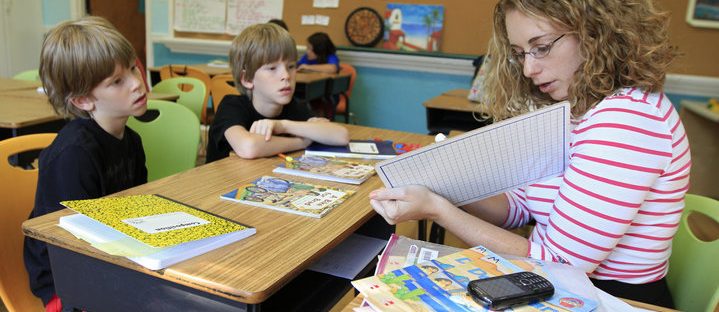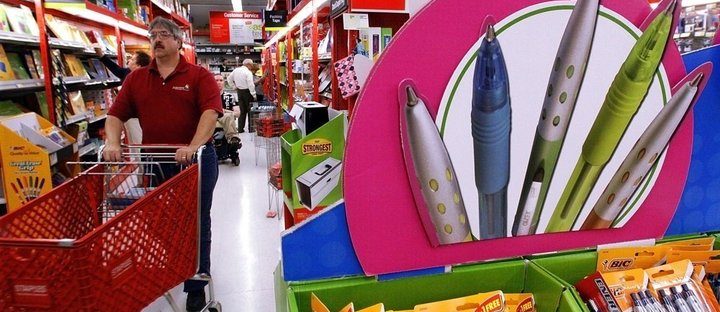We are all teachers, whether we want to be or not. You are a teacher when you help your child take their first step. You are a teacher as a grandparent when you teach the grand kids how to make cookies. You are a teacher at work when you take a younger co-worker under your … Continue reading Step up to Our Teachable Moments
School Supply Giveaway Contest
The Wall Street Journal reported today “For Small Businesses, Recession Isn’t Over.” As a supplier to small businesses of over 140,000 general-merchandise products, we knew the recession wasn’t over months ago, because small businesses are still having trouble getting traffic into their business, [and] those buyers [are spending] less than last year. [O]n top of … Continue reading School Supply Giveaway Contest
Product Wholesaler Gives Special Back-to-School Discount to Educational Organizations
DollarDays, a premier Internet-based product wholesaler to small businesses and local distributors, announced today that the company would give educational organizations a special discount on orders for back-to-school supplies. Any education-based nonprofit—including schools, daycare facilities and after-school clubs—is eligible for the 10% discount on any order placed during the month of August at www.dollardays.com. "Every … Continue reading Product Wholesaler Gives Special Back-to-School Discount to Educational Organizations

